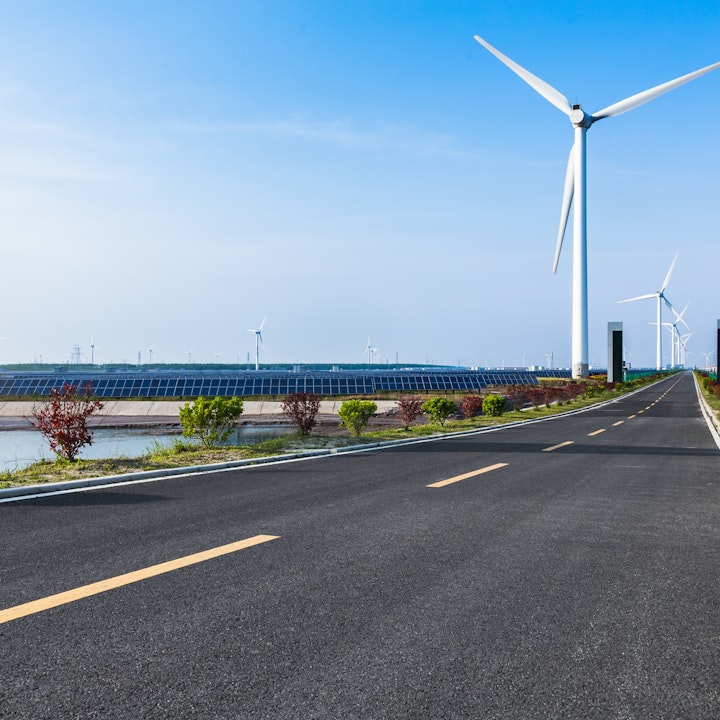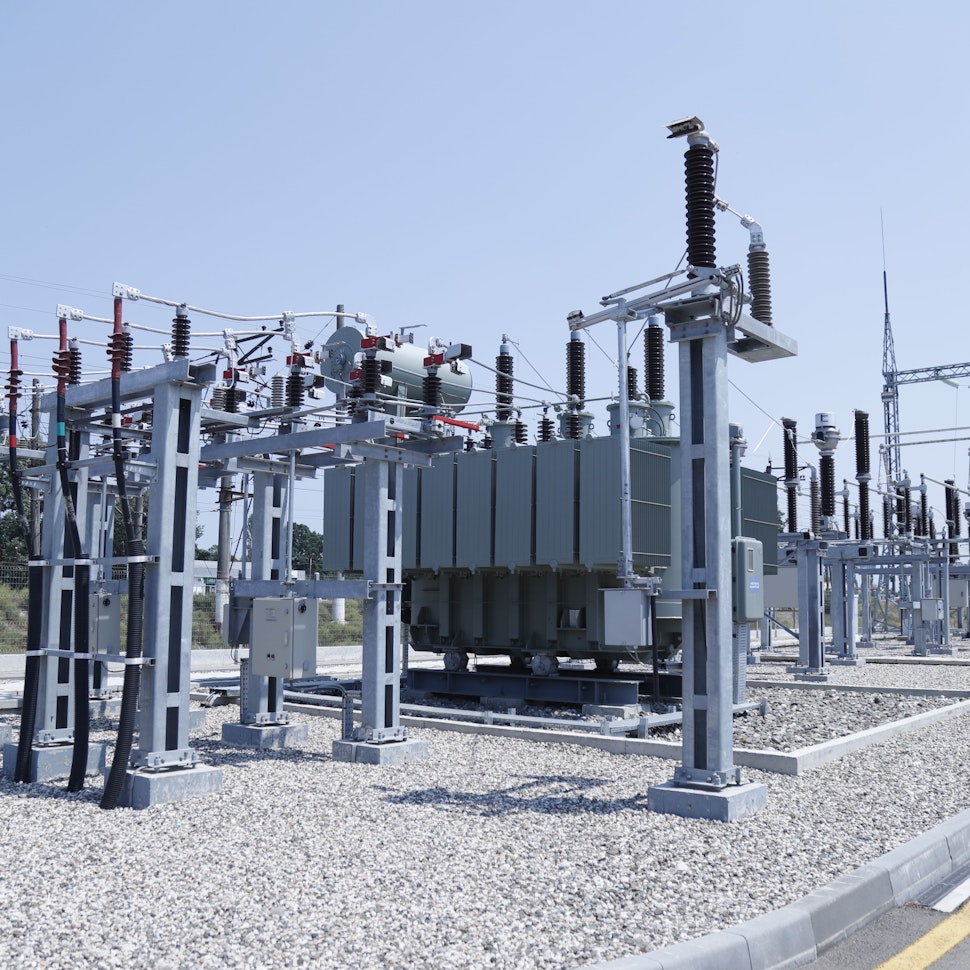How measuring soil resistivity helps optimize solar design





Discover how soil resistivity measurements can impact the placement of grounding systems when designing PV plants.
Content
What is soil resistivity?
Soil resistivity definition: Soil resistivity is a measure of how much the soil in a given location resists or conducts the flow of electrical current. This measurement is used for a number of purposes, including aiding the location and design of grounding systems in PV plants.
What are the main factors that affect soil resistivity?
Several key factors contribute to soil resistivity, including:
Moisture: Increased water content can lower resistivity in soil as the water will increase conductivity. Drier soil tends to have higher resistivity compared to wet soil.
Composition: The minerals that makeup soil primarily contribute to its resistivity. Soil made of predominantly clay or organic matter will be more resistant than soil that is mostly sand or gravel.
Structure: Soil resistivity will change depending on structural factors, including porosity and compaction. The more compact the soil is, the more resistance it will have.
Temperature: Resistivity of soil can increase as the temperature goes up. This is due to the evaporation of water content and the increase in ionic mobility within the soil. These effects may vary depending on soil types.
Depth: Soil changes the deeper it goes. Everything from composition to moisture levels can vary as you get deeper into the ground, so soil resistivity measurements will differ depending on the soil’s depth.
Geological factors: Soil resistivity can be affected by geological factors on which the soil is lying. For example, the presence of bedrock underlying the soil layer can affect the flow of electrical current through the soil.
Obtaining soil resistivity measurements
Measuring soil resistivity is essential when designing grounding systems, as it will help you meet your grounding requirements. It will also help you identify the best area to place your grounding unit based on the lowest possible resistance or determine how to offset high resistivity with a more elaborate grounding system.
Soil resistivity is most commonly calculated using the Wenner method, which was developed by Dr. Frank Wenner of the US Bureau of Standards in 1915. Wenner’s formula is p=2×π×a×R where p is measured in ohm-cm, a is the spacing of the pins in cm, and R is resistance.
How does soil resistivity data affect the power generation of solar PV plants?
Soil resistivity is a contributing factor to power generation inefficiency. As soil resistivity increases, it impedes electricity flow from the PV modules to the inverters.
A high-functioning PV plant relies on low soil resistivity to ensure the grounding system is effective and power can be transferred smoothly. High-resistivity soil is likely to cause more problems as grounding resistance increases. This can lead to higher ground fault currents, increased risk of electrical hazards, and decreased system reliability.
High soil resistivity can also increase the effects of potential induced degradation. This phenomenon occurs when a voltage potential exists between the solar cells and other conductive elements within the PV module. The greater the soil’s resistivity, the greater the chance of performance degradation over time.
Soil resistivity can also affect the corrosion rate of grounding electrodes and other metallic components within the PV system. High soil resistivity can speed up the corrosion of these components, which will increase maintenance requirements, impact power generation, and lead to premature deterioration.
How to improve soil resistivity for your grounding system
While poor soil resistivity can be overcome with some clever engineering when designing your PV plant, there are also steps you can take to improve soil resistivity.
One of the simplest ways to increase the soil’s moisture is through irrigation or soil conditioning. This will help to maintain ideal moisture levels and is advantageous in drier regions. Soil conditioning can also help with moisture retention through techniques such as tilling or aeration. Additionally, these techniques will loosen up compacted soil, further decreasing resistivity.
You can also change the soil composition by introducing salts or minerals with high conductivity. Engineers who do this must be cautious, as adding too many of these materials can adversely affect the soil health and potentially the wider environment. The same can be said for introducing chemicals into the soil, which may have short-term advantages but can lead to environmental issues in the long run.
One promising solution is agrivoltaics, also referred to as solar farming. Agrivoltaics is a practice that combines agricultural activities with solar energy production. Utilizing the same land can lead to benefits such as land conservation, increased crop yields, and solar panel efficiency. Agrivolatics can improve soil health by introducing additional nutrients and moisture to the soil when cultivating crops or natural soil conditioning when raising livestock.

Design utility-scale solar at lightning speed
Sub-hourly meteorological data’s impact on energy yield estimation
In this webinar session, you will learn how the use of hourly or sub-hourly data affects the energy yield results on different scenarios.

Latest stories
Related glossary posts
Technology and engineering
What is a solar substation and how to customize yours with RatedPower software
Updated 5 MAY, 25

Technology and engineering
What is a solar combiner box and why is it used in photovoltaic designs?
Updated 25 MAR, 25

Technology and engineering
What are the benefits of a Power Purchase Agreement (PPA) for solar plants
Updated 25 MAR, 25

Related posts
Technology and engineering
Innovation in renewable energy: Developments expected in 2025
We look at the 10 biggest renewable industry developments that are making a green future possible, including perovskite solar cells, green hydrogen, and more.
Updated 18 MAR, 25

Technology and engineering
What the future holds for the longevity and efficiency of solar panels
Tests done by the French photovoltaics group Hespul showed that the panels, installed in 1992, are still operating at an astonishing 79.5% efficiency. Read on to find out more.
Updated 4 MAR, 25

Technology and engineering
Concentrated solar: An unlikely comeback?
Once described as obsolete, the concentrated solar power market ballooned to $53 billion in 2023 and is still growing. Here’s why CSP is making a comeback.
Updated 12 NOV, 24

- RatedPower
- Glossary
- S
- Soil resistivity


